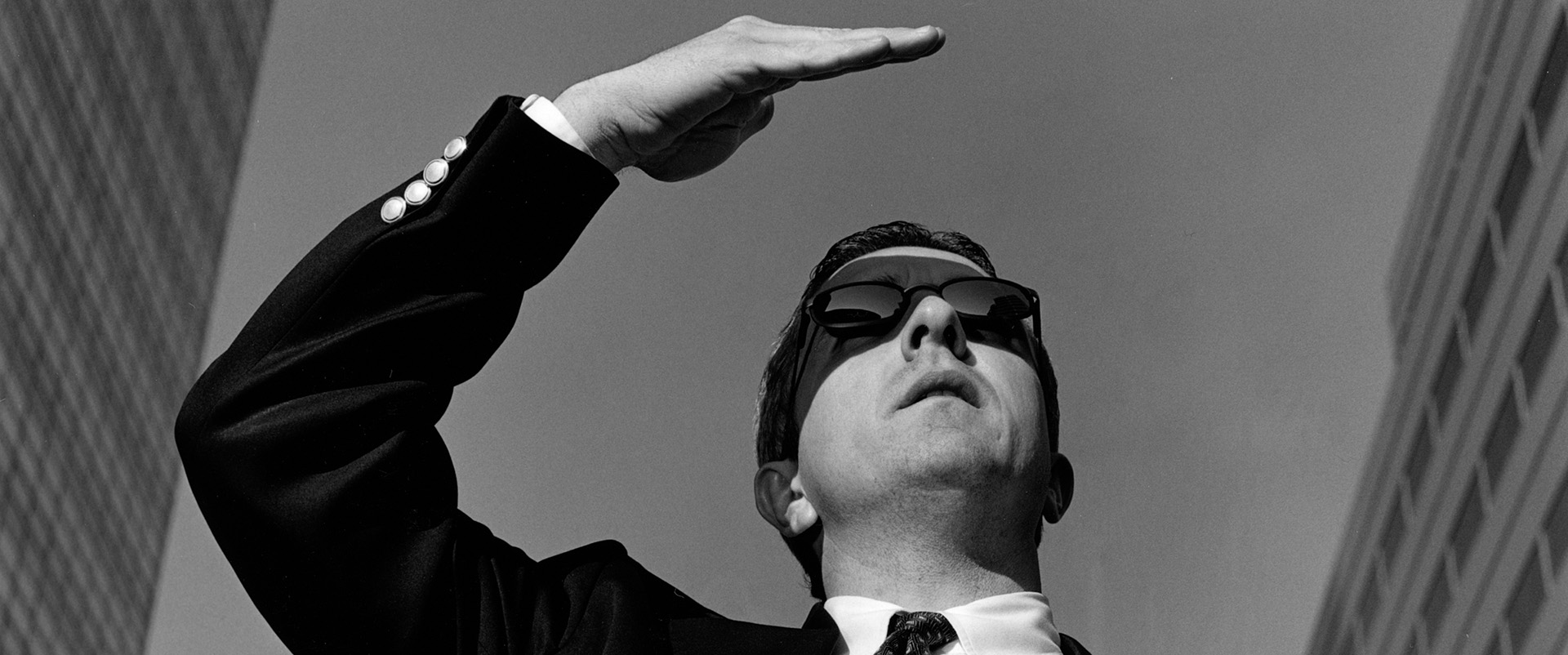Photographer Kevin Bubriski made five trips to the World Trade Center site from his home in Vermont. He undertook the first trip two weeks after the 9/11 attack. The last one took place on December 19, 2001. He felt the need to witness and understand the impact of the New York City tragedy through his camera.

You’re getting blind.
Don’t miss the best of visual arts. Subscribe for $9 per month or $108 $90 per year.
Already suscribed ?
Read more: Here is New York: A Democracy of Photographs


